7 Elements of Play?
Children learn through play, making playground activities an extremely important part of their day. On the playground, there are seven elements of play that help children not only develop physically, but also help in the areas of cognitive, adaptive, social, and emotional development as well. You can use this checklist to ensure your playground helps children have lots of fun as well as be more successful in the classroom.
-
Swinging
Kids love that sensation of flying on a swing, developing coordinated movements, and strengthening their arms, legs, and trunk. Plus, swinging:
- Relaxes and soothes
- Helps develop problem-solving skills
- Improves the brain’s ability to process sensory information
Swinging is a great activity to help develop a child’s vestibular system. Children who have an underdeveloped vestibular system may not have a sense of balance or don’t feel grounded. Often, their equilibrium is off and they may need activities like swinging to help develop this system.
Swinging helps promote whole-body awareness and body coordination such as knowing where your fingers are in relation to your body. Activities such as writing, coloring, and cutting require whole-body awareness.
How can different elements of play help children be more successful in the classroom?
Jami Murdock- In the area of early childhood development or preschool where I am a teacher, we focus on preparing the kids for their upcoming experience at school. Since children in preschool learn through play, playground activities are extremely important in our day.
- Playground activities not only help a child develop physically but also help in the areas of cognitive, adaptive, social, and emotional development as well.
- Different elements of play are great for early childhood development, and early development is what shapes a child’s future.
So, let’s look a little deeper at one of the seven elements of play on the playground – swinging – and how it very directly affects a child’s growth.
How does swinging help kids in the classroom?
Swinging can have a large impact on our brain's ability to process sensory information.
- Swinging is a great activity to help develop a child’s vestibular system. Children who have an underdeveloped vestibular system may not have a sense of balance or don’t feel grounded. Often, their equilibrium is off and they may need activities like swinging to help develop their vestibular system.
The vestibular system serves many purposes: influences the development of muscle tone, determines your ability to balance, helps us coordinate both sides of our body together and allows us to coordinate our eye movements with our head.
- Swinging helps promote whole-body awareness and body coordination. Knowing where your fingers are in relation to your body. Activities such as writing, coloring, and cutting require whole-body awareness.
- Swinging is also a good activity to promote the development of our proprioceptive system. The proprioceptive system is responsible for motor planning and motor control, as well as grading movements (knowing how much pressure is needed to complete a task) and postural stability. Kids with an underdeveloped proprioceptive system may be challenged by fine motor and adaptive skills such as tying shoes, buttoning clothes, pouring drinks, and washing hands.
- Swinging allows children to develop coordinated movements, and strengthen arms, legs, and trunk. There are lots of different motions to coordinate to make a swing move.
- Swinging helps children learn that actions have consequences; that what goes up must come down or if “I walk in front or behind someone swinging, I may get hit and knocked down.” This is necessary for emotional development.
Some of my preschoolers have not spent much time on a swing. You can see their excitement as they start to realize how it works; “this is what happens when I move my legs back and forth, I keep going higher and higher.”
- Swinging can relax a child and put them at ease. A child who is quiet and introverted may get on a swing and then start singing or talking. He or she might engage in pretend play, like imagining what it is like to be an astronaut in space.
- Swinging promotes problem-solving and risk-taking. A favorite activity of my preschoolers is the ‘underdog.’ This is where I push them from behind and then run under the swing. They love to see if I can make it under the swing before they come back down.
Traditional and infant swings.
Benefits of Swinging:
- Physical development: Large and small motor
- Promotes sensory processing
- Relaxes and soothes
- Helps develop problem-solving skills
-
Sliding
In general, sliding:
- Promotes leg-hip flexibility
- Encourages cooperation and following directions
- Develops spatial awareness
- Develops critical thinking skills
So, exactly how does sliding do all of this?
Sliding Helps Prevent W-Sitting
Have you ever seen a child W-sit? This is when a child is seated on the floor with one leg on each side of their body in the shape of a “W.”
W-sitting can be a precursor to development delays. For a child who has poor flexibility in the legs and hips, W-sitting will aggravate it. W-sitting doesn’t allow a child to rotate their trunk, twisting side-to-side, and discourages them from hand preference.
Sliding promotes flexibility of the leg and hip. For those W-sitters, it forces a child’s legs in front of them.
How does sliding help kids in the classroom?
Sliding promotes spatial awareness.
Spatial awareness is the ability to be aware of oneself in space and the relationships between objects within a given space. For instance, a child with poor spatial awareness may tend to bump into things or have a poor sense of where his or her body begins and a wall starts.
Sliding helps children develop spatial awareness skills, for instance, helping them judge when it is a good time to slide or when to put their feet down once they reach the bottom of the slide.
In the classroom, a child with spatial awareness problems may struggle with following directions. They might struggle with spacing between letters, putting the first letter at the top of the page and the next at the bottom.
I had a child who was a big-time W-sitter and who also had poor visual perception and spatial awareness. She seldom climbed on the play equipment and had a hard time following two to three-step directions. For instance, when we did projects in the classroom, such as making a cat, I would model the project at circle time, putting it together so the kids could see it in front of them, yet, she still had a hard time knowing where the ears, nose, eyes, and mouth should go. An occupational therapist recommended a variety of activities for her, one of which was climbing up the slide the wrong direction. After a year of services and a lot of gross motor activities, she went on to Kindergarten with little evidence of any delays.
Cooperative Play, Critical Thinking Skills, and Social Interaction
Social skills are the foundation for getting along with others, which is critical for school-age children. Those who lack social skills may have behavioral difficulties in the classroom or find it hard to make friends.
- Slides are popular on the playground, which might mean the children have to wait in line for their turn. Sliding teaches patience and tolerance of others’ skills and physical abilities.
- Sliding promotes cooperative play, which means children are sharing a common activity and working toward a goal together.
I often let the children climb up the slide backward and it never fails that another child always wants to go down when someone else is coming up. I leave it up to the children to figure out who gets to do what because it helps them learn cooperation and problem-solving.
The kids like to try different ways to go down – two at a time, backward or on their bellies. Sliding leads children to questions about speed, for instance, why did I go slow when I slid down on my belly and much faster when I went down on my bottom?
Through sliding, children not only develop balancing and coordination skills but learn concepts such as gravity. They learn to keep their torsos balanced as gravity pulls them down the slide. They successfully climb up the slide, position themselves to go down, and then push themselves down the slide.
Of course, through a child’s eyes sliding is just pure fun!
-
Climbing
Why do children climb?
- Excitement
- Feeling of accomplishment
- Experience basic physics – gravity, inertia, pendulums
- Overcome physical challenges
- Test abilities, show off and compete
- Engage in pretend play
- Retrieve objects
- Stimulate tactile perceptions
- Increase vestibular sensations
How Does climbing help children in the classroom?
-
Increases muscle tone and strength enabling children to tackle gross and small motor activities.
Ever here the term marshmallow kid? This refers to those children who are slouchers. They have little muscle tone in their arms, legs, and core. Climbing helps strengthen these muscles and increase endurance.
Poor muscle tone and poor small motor skills can mean a child can’t hold writing utensils when in class.
- Enhances perceptual motor skills relating to whole body awareness, spatial awareness, and directional awareness. In the classroom, this helps children better follow directions and know where things go on their paper.
“I see lots of kids struggle with spatial, body and directional awareness. In preschool, we often model a project at circle time, such as putting body parts on people or animals. The children need to know the nose goes below the eyes and the mouth goes below the nose, etc. Children with poor spatial awareness, may put the eyes somewhere on the page, just not on the face or anywhere near it.”
- Sharpens visual perception skills, for instance, that ability to see where the next foot and hand holds are in order to climb.
Children with poor visual perception often have problems with sorting, colors, shapes, building with blocks, memory games and matching games.
“One child in my classroom had both poor spatial awareness and visual perception skills. Crossing the midline was very difficult for him. One activity we did was to create a snowman using small, medium and large circles. He did okay putting the snowman’s body together, but when we gave the children sequins, buttons, and more to decorate them, he only put things on the left side of the snowman.” (He was left handed, therefore only using the items to the left of him to decorate the snowman.) The eyes were on top of each other, there were two arms on the left side and none on the right. He didn’t even notice that the snowman had no body parts or decoration on the right side. We had him do all kinds of climbing activities, such as climbing ropes and ladders on the playground, which helped him with these issues.”
- Helps develop the vestibular system, which takes in information, sends it to the brain and then gives the signal to their balance and equilibrium. Children who have an underdeveloped vestibular system may not have a sense of balance or don’t feel grounded. Often, their equilibrium is off and an activity such as climbing can help.
You might see these children circling the playground because they don’t like to climb; however, climbing is a good activity for them.
The vestibular system serves many purposes: influences the development of muscle tone, determines your ability to balance, helps us coordinate both sides of our body together and allows us to coordinate our eye movements with our head.
- Develops coordinated eye movements with the head. In the classroom, this helps kids when copying from a blackboard and reading across a page.
- Being able to cross the midline or do activities where they need to reach across the body. This helps a child establish hand dominance and do daily activities such as cutting with scissors.
- Develops motor fitness skills such as agility, speed, coordination, and balance.
Climbing develops both gross and fine motor skills in children. Fine motor skills are found in the hands and fingers and are important for handwriting and anything that involves small movements with the fingers to manipulate objects.
Cognitive requirements of climbing
- Memory
- Problem-solving
- Image/visualization
As children climb, they need to make decisions, solve problems and even visualize the solution; for instance, “how do I get to the top?” “Where do I put my hand or foot?”
Climbing requires focus, concentration, and perseverance. They gain confidence, learn how to cope with fear and stress, and develop self-reliance.
-
Brachiating
What is Brachiating?
If you’re like many people, you may not know what brachiating is so let’s start by defining the term.
Brachiation is the activity of swinging from one arm to another on overhead equipment.
Why is this important? Well, because swinging from one rung to the next one makes the brain work the same – left, right in an alternating pattern which is important in a child’s neurological development.
Unfortunately, you don’t see a lot of preschool playground equipment for this activity. As a society, we tend to think that young kids are not strong enough to do this. Instead, what we should consider is installing playground equipment low enough so that a child can raise his or her arms up and do the alternating activity while standing on the ground.
The important part of the activity is the alternating pattern, not that the child be suspended in the air.
“We don’t have this equipment on our preschool playground so I take the kids down to the elementary playground. I stand below the kids and hold their feet while they do the hand-over-hand activity.”
What are the benefits of brachiating activities?
- Strengthens the upper body and develops grip strength
- Increases endurance, flexibility and general coordination
- Promotes kinesthetic awareness and rhythmic body movement
- Develops gross, small and fine motor skills
- Helps develop hand-eye coordination
- Helps develop visual perception of distance
How does this translate to the classroom?
Do you see children who always seem to be tired or have a hard time making it through the school day? Get them out doing some overhead climbing to build their endurance. This improves upper body muscular strength and endurance as well as hand-eye coordination.
It also helps children develop critical thinking and conflict resolution skills.
For example, a child has to figure out the best way to get from point A to point B. is that going to be by moving hand-over-hand across the bars or by grabbing the bar with the left hand, then with the right hand?
Other ways brachiating leads to success in the classroom:
- Fine motor skills are needed for coloring, cutting, writing, painting; all the activities that are a precursor for elementary school.
- Upper body strength enables children to sit comfortably at a table or sit at circle time.
- Kinesthetic awareness gives children a better understanding of personal space, helping them stand in line without bumping into their peers.
- Communication skills are vital to the playground so they learn to talk to one another, learn to take turns and how to resolve conflicts.
- For many preschoolers, this is the first time they have experienced something like this and there are a lot of things to learn about actions and consequences.
“Brachiating helps kids understand actions and consequences. For instance, when a child jumps up and is hanging there, he or she can do one of two things: either drop to his or her feet or yell for help. Or maybe you have a child coming from each direction who meet in the middle. They need to decide which way to go and who will need to turn around.”
-
Spinning
Spinning provides children with rich sensory stimulation, postural control, and social interaction. Plus, spinning:
- Develops kinesthetic awareness, helping children know where they are in line
- Improves cognitive development
- Enables better muscle tone and endurance
What a great way for children to understand speed, force, and direction. Put a group of children on a spinner and let them feel the motion together. You might hear screams of joy as they spin faster and faster!
Spinning is another activity for those “sloucher” children, helping to build better muscle tone and endurance.
Balancing: Encourages pretend play and learning to take turns.
Spinning provides children with rich sensory stimulation, thinking while in motion, postural control, and social interaction.
In general, spinning helps kids build
- Kinesthetic awareness
- Cognitive development
- Vestibular system
- Muscle tone and endurance
Kinesthetic awareness is the body’s ability to coordinate motion and the body’s awareness of where it is in time and space. For example, kinesthetic awareness allows a group to move in harmony together rather than bumping into each other.
For kids, kinesthetic awareness helps them know where they are or how close they are to other people or things. It helps them understand personal space. Those kids you see walking down the hall with their hands touching the wall or who bump into others while lining up do this because they need this touch – they may have poor kinesthetic awareness.
I had a little girl with poor kinesthetic awareness and sensory processing disorder. She just had to touch and feel everything. She was very tactile. For instance, she would tear the wrapper off every crayon. She would tear things off the wall as we walked down the hallway. When she went out to the playground, she didn’t enjoy playing on the equipment; she would gather things such as tree bark, or dig in the dirt. Our concern was that she would continue to be distracted by the need to touch when she got to kindergarten and would be unable to stay focused on her school work. I suggested that it might be a good idea to keep her in preschool another year so that she could get more activities like spinning to help develop her kinesthetic awareness.
How Does Spinning Help Children in the Classroom?
We talked about the vestibular system in our swinging elements of play post. There are many studies that show activities such as spinning or other physical movements through space helps develop a child’s brain and their ability to pay attention. These activities can actually help the senses work better.
A hypersensitive child – one who is extremely sensitive to vestibular input – may fear spinning, getting dizzy within seconds. However, spinning can be used as a tolerance builder. Having longer sessions on a spinner will help them tolerate an increasing amount of vestibular input.
Vestibular stimulation helps the brain decide whether it’s ready for more learning or needs sleep to help process what has already been learned.
I had twin boys in class – one was a sensory seeker, the other pulled away from it. The one who pulled away was also a sloucher, W-sitter and had vestibular issues. When he went to the playground, he literally could not pull himself up on the platform or deck of the play equipment; instead he would just lay his upper body over it. He didn’t like to climb and was clearly uncomfortable on a sit and spin seat. One day, we could tell that he was getting frustrated with his inability to pull himself up on a platform. We put him on a spinner, and gently got him use to the spinning motion. After a few spins in each direction, he jumped off and ran over to the platform and pulled himself up on it. We continued to use playground activities to help with his vestibular development.
Cognitive Development, Muscle Tone & Endurance
Just think about when kids are spinning. What a great way for them to understand speed, force and direction. Put a group of children on a spinner and let them feel the motion together. Ask kids questions about their spinning experience, such as what does that feel like? Do you like it? How fast do you think you were going?
Spinning promotes social interaction. They learn to take turns and you might hear screams of joy as they spin faster and faster!
Spinning is a great activity for those “sloucher” children, helping to build better muscle tone and endurance.
Tip: Be sure to have kids spin both directions; it helps their brains learn how to register rotary input.
-
Balancing
Children who learn good balance and stability at a young age have a better understanding of body awareness and coordination, resulting in better concentration. Plus, balancing:
- Improves cognitive development, introducing mechanical principles
- Encourages pretend play and learning to take turns
- Strengthens muscles and improves endurance
Balancing activities help children understand concepts such as gravity, equilibrium, and counterbalances, skills essential for many sports.
Watch as children walk on a balance beam. They figure out how to move forward without falling off, holding their arms out, moving one foot in front of the other or just scooting along.
Balancing activities promote social interaction and pretend play. Listen and you might hear the children pretending to be pirates making each other “walk the plank.”
In general, balancing helps kids build:
- Cognitive development and introduces mechanical principles
- Encourages pretend play and learning to take turns
- Muscle strength and endurance
- Proprioceptive awareness
Why is balance and stability important? How does it help children in the classroom?
What is balance? It is the ability to maintain a controlled body position during task performance, whether it is sitting at a table, walking the balance bean or stepping up onto a curb. We need the ability to maintain controlled positions during both still and moving activities. Static balance is the ability to hold a stationery position with control, such as when children play Freeze games. Dynamic balance is the ability to remain balanced while moving, such as riding a bike.
Children who learn good balance and stability at a young age have a better understanding of body awareness and coordination, which results in better concentration.
“Balance is the pillar beneath every skill we have. … And because kids are bending over laptop computers and video games, shouldering heavy backpacks and becoming overweight, experts believe their balance is more challenged than ever. Continuously hunching over or carrying extra weight can affect posture and balance, which could then lead to less success in sports or even problems with gait.” Source: The Art of Balance; Parents.com
Cognitive Development
Balancing activities help children understand concepts such as gravity, equilibrium and counterbalances, skills essential for many sports. It promotes questions about where things are and why they are happening.
“There is a landscaping edge on our campus. It’s interesting to watch how the children choose to get from point A to point B. They figure out how to move forward without falling off, holding their arms out, moving one foot in front of the other or just scooting along. It helps them develop problem-solving skills: do I need to go slow or fast?”
Pretend Play and Social Interaction
Balancing activities promote social interaction and pretend play. Listen and you might hear the children encouraging their friends to ‘walk the plank’ then cheering or whooping when they do it successfully.
Children have to learn to take turns. They have to learn to work together. For instance, some children when walking a balance beam want to turn around so that they are walking towards the other children. When they meet in the middle, they have to decide if someone is going to get off or who needs to turn around so they are all going the same direction. They use their developing social skills to say “hey, let’s do this.”
“The kids in my class like to jump up on the landscaping ledge on our campus. They walk. They balance. Some buzz right across it one foot in front of the other, while others, who are less developed, just scoot. The kids jump down to get back in line to do it all over again. Sometimes they pretend they are walking the plank. ‘Don’t step off the side’ they say ‘or the alligators and crocodiles will get you.’”
Muscle Strength and Endurance
Balancing activities increase a child’s endurance and core strength. Since there aren’t a lot of activities young children can do to develop their core strength; balancing activities are essential.
Balancing helps:
- Hand-eye coordination. This enables children to process visual information to control the hands, helping them to write or catch a ball, which is essential for fine motor skills.
- Postural control. It can be hard for a child to sit at a desk who has a weak core. Children with poor postural control get tired, essentially becoming noodles laying on their desks. Balancing helps develop those core muscles, enabling them to sit up straight and focus on the task at hand.
Proprioceptive Development
This refers to how aware children are of their body position and movement. Kids who struggle with this are not good balancers.
This might show up in a child who:
- Falls easily, trips often or can’t recover as quickly when off-balance
- Moves stiffly, runs more like a robot
- Avoids physical activity on the playground or doesn’t want to participate in sports
- Is slower than their peers in mastering physical skills such as riding a bike
- Pushes harder or invades the personal space of others more than they intend to
All of these types of play contribute to a feeling of achievement, leading to more self-confidence in the classroom.
-
Sensory System
What is sensory play?
Quite simply, it is play that encourages children to use one or more of the senses, stimulating sight, sound, smell, touch, taste, balance and movement.
- Children rely on sensory input to learn about their environment
- Sensory play helps build neural connections that support thought, learning and creativity. It supports language development, cognitive growth, fine/gross motor skills, problem solving/reasoning and social interaction
- Sensory play can serve as an outlet to children with sensory processing disorder
Why are tactile activities important?
Tactile refers to the sense of touch. Our skin is the tactile systems’ sensory receptor.
The tactile system, the largest sensory system in the body, helpd children determine whether something is cold, wet, hot, sharp, etc. It helps the brain organize information for developing the visual and auditory systems.
Many “touch” activities children engage in require the use of muscles such as jumping on a trampoline, crab walking, running a 3-legged race or obstacle course, playing leapfrog or hopscotch, tossing and catching games and tug-of-war.
Other activities may involve something like a sand area. The feel of the sand sifting through the fingers can be very relaxing to some children.
Why are auditory activities important?
Children love sounds and noises. Some kids like more melodic, soothing sounds while others like harsh grating sounds. Some like it loud, while others like it soft.
Noise and other sounds such as musical instruments help develop a child’s auditory system. Children with sensory processing disorder often like deep tones, rather than high.
Why are visual perception activities important?
Visual processing helps children move their eyes in specific directions, allowing motion tracking play activities. This helps strengthen the eye muscles, giving children the ability to see differences between objects that are similar.
Visual processing refers to a group of skills used for interpreting and understanding visual information.
Some visual activities may include things such as playing flashlight tag, making shadow puppets, and playing catch.
Sensory Processing Disorder
I had a child in my class who was diagnosed with sensory processing disorder. On the one hand, if you asked her a lot of questions or if all eyes were on her, she pulled into herself and wouldn’t speak. On the flip side, she would come barreling in to the classroom and almost tackle me. One of the things we had her do was unstack chairs when she came in so she could get the input she needed by hitting the chairs hard on the floor. Or, at circle time, I allowed her to sit on me to give her the sensory stimulation she needed to be calm.-Jami M.
Everyone has his or her own sensory issues; however, some are more heightened. When this is the case, a child may not be able to function appropriately in the classroom until the issue is addressed.
Sensory processing disorder is a condition in which the brain has trouble receiving and responding to information that comes in through the senses. Some children with sensory processing disorder are oversensitive to things in the environment, for instance, common sounds may be painful or overwhelming or the material a shirt is made of may chafe the skin.
Children with sensory processing disorder may:
- Lack coordination
- Have poor kinesthetic awareness
- Lack spatial and whole body awareness
- Have a hard time engaging in conversation and play
Think about your child’s classroom. In a typical classroom, there is literally tons of stimulation … the low hum of kids talking, the teacher giving instructions, the walls filled with pictures, colors and letters, possibly a class pet and always so many things to touch or smell … this can be a tough environment for a child with sensory processing disorder.
“My son was diagnosed with sensory processing disorder, which affected the proprioceptive system and impacted his auditory function. Kindergarten was an eye-opening experience. The classroom had two doors that opened into the hallway and three openings to the classroom next to it. The teacher sat him in the back near two of the doors. He would crawl under desks and tables to be in a dark, quiet spot. … On Field Day, the gym was so noisy with bouncing balls and yelling kids that he could not understand the teacher’s instructions until they were face-to-face and had direct eye contact. … It was hard for him to switch from structured activities to unstructured activities (recess) and back again. He didn’t get personal space and would often poke other children while standing in line. … He was considered a behavior problem. We set up a plan with his teachers so that he could bring “squishies” to class – something he could squeeze and get proprioceptive input from. The vice principal would take him on walks around the school. Sometimes he would go to another room and use the steamroller or be wrapped up like a burrito. It took some work figuring out what sensory stimulation was good or bad for him, but today he is a well-adjusted young man.”-Julie M.
Benefits of Sensory Play
Sensory play enhances learning through hands-on activities that stimulate a child’s senses. It also:
- Builds nerve connections in the brains’ pathways which lead to th echild’s ability to complete more complex learning tasks.
- Supports language development, cognitive growth, fine and gross motor skills, problem-solving skills and social interaction
- Aids in developing and enhancing memory
- Helps calm an anxious or frustrated child
- Helps children learn sensory attributes such as hot, cold, sticky, and dry
Children need to learn through experience and not just a lecture.
Translating Play to the Classroom
Play activities in general help children develop gross and fine motor skills, both necessary for the classroom. What you may not realize is that play also helps children:
- Learn how to work in a group, developing social skills
- Learn how to take care of themselves
- Gain a sense of achievement and pride
- Increase their self-confidence
- Learn how to problem-solve without someone telling them how to do it and increase their own decision-making skills.

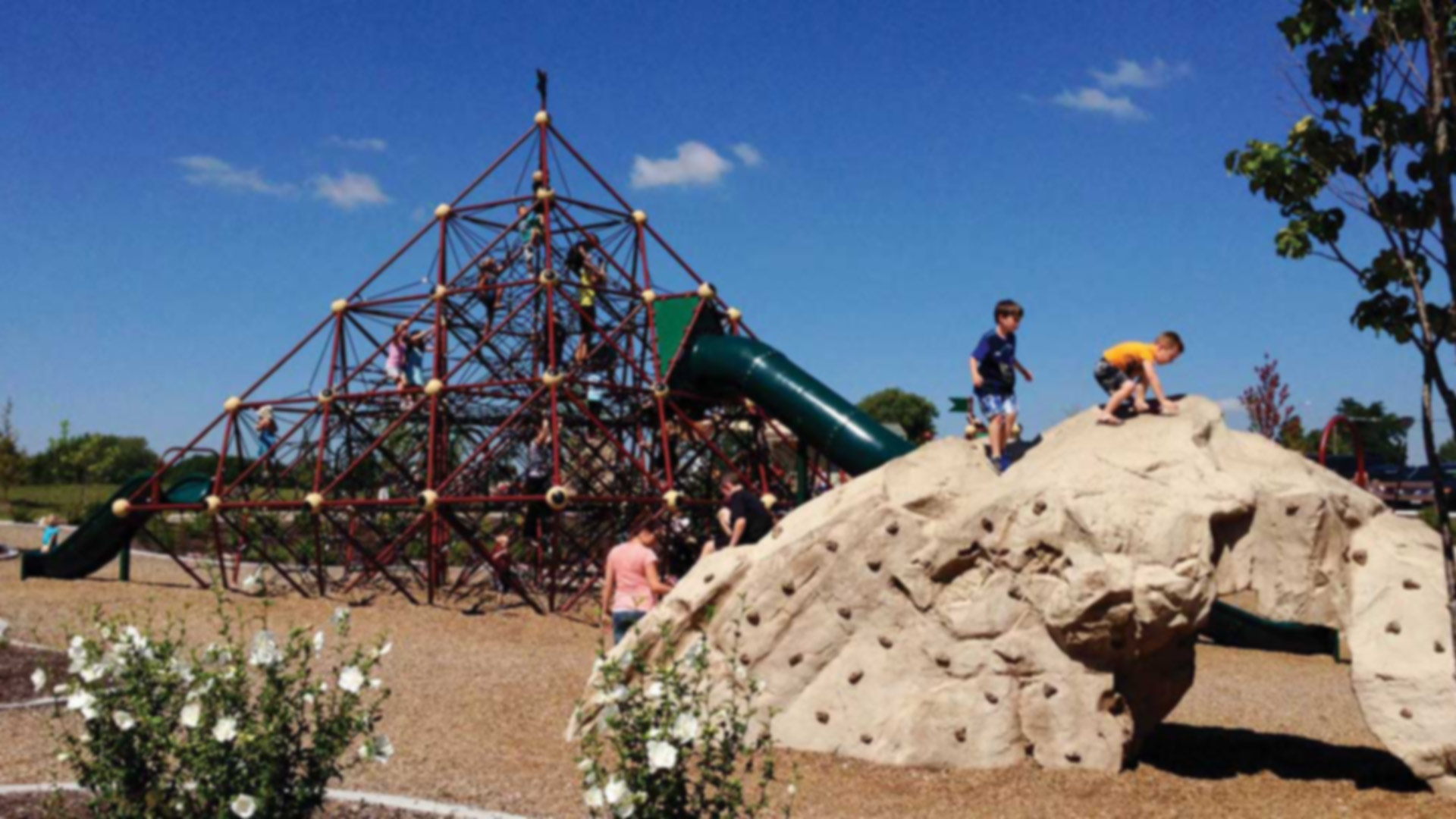

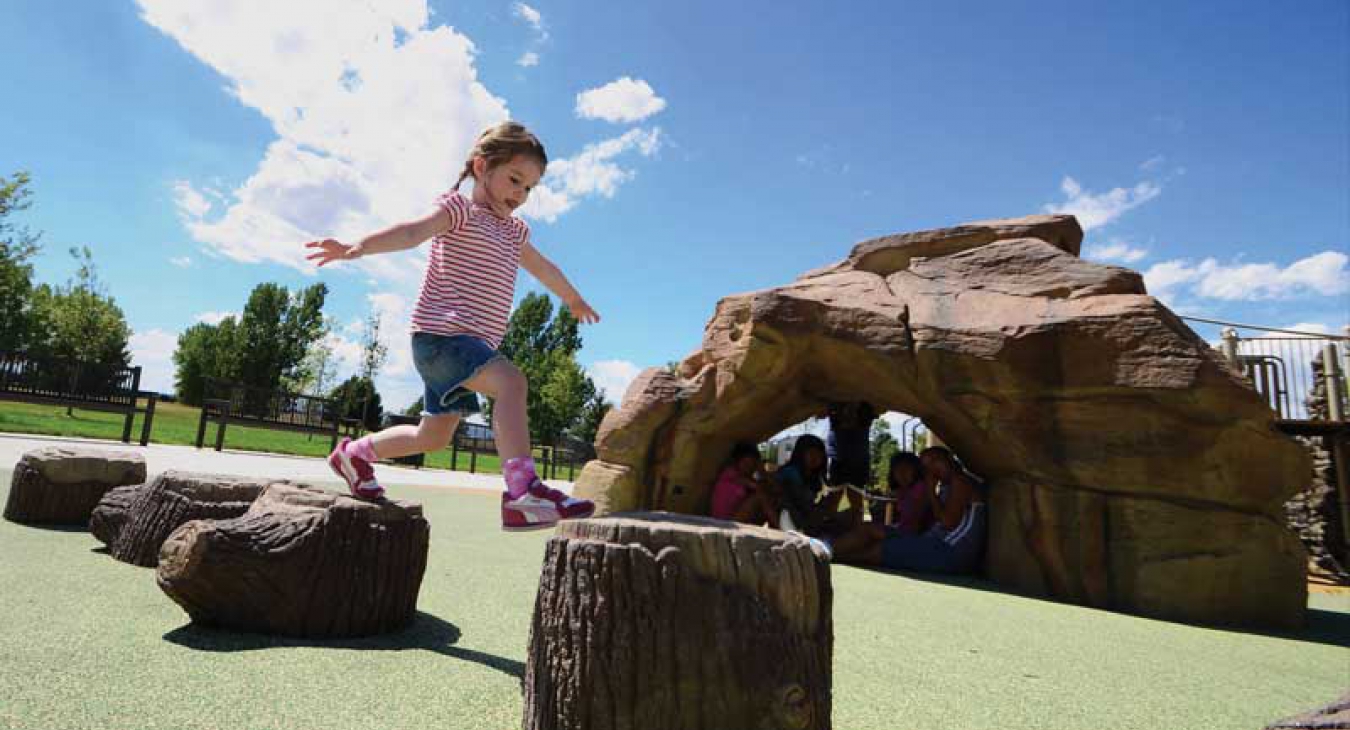
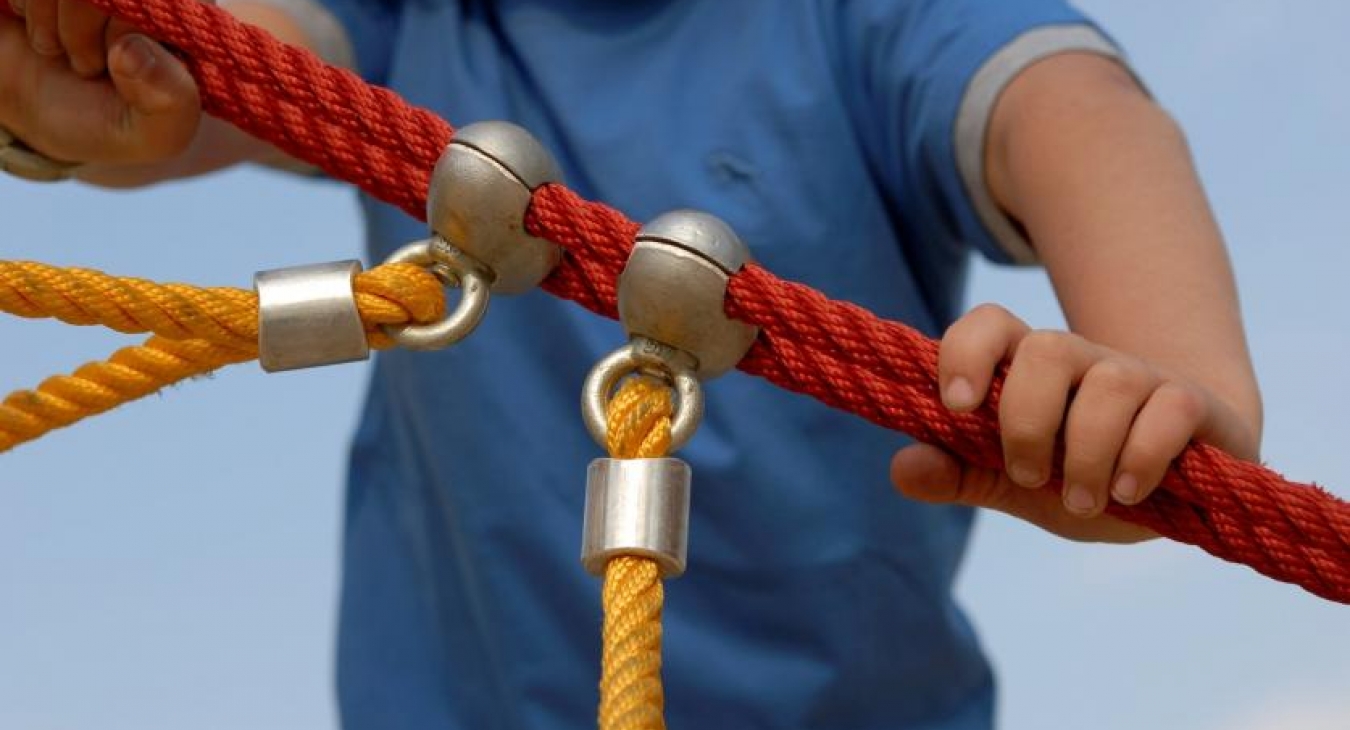
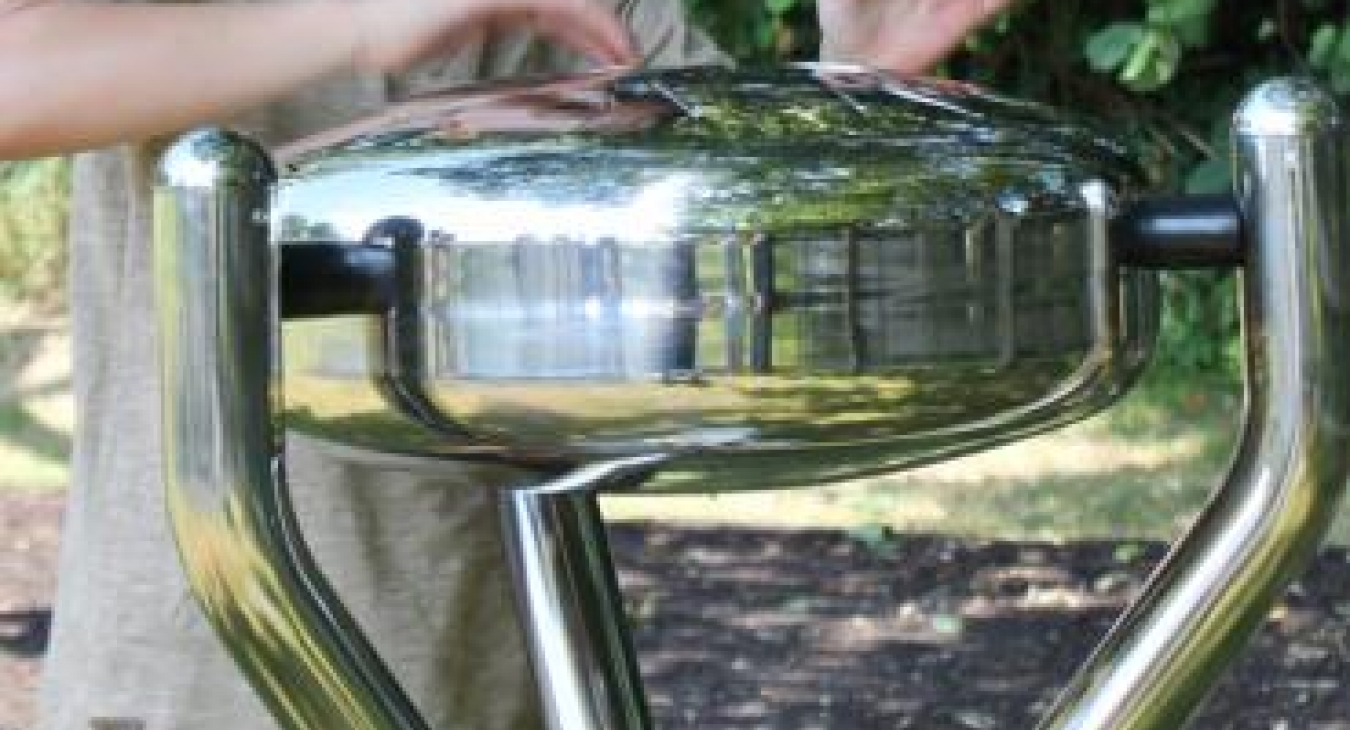
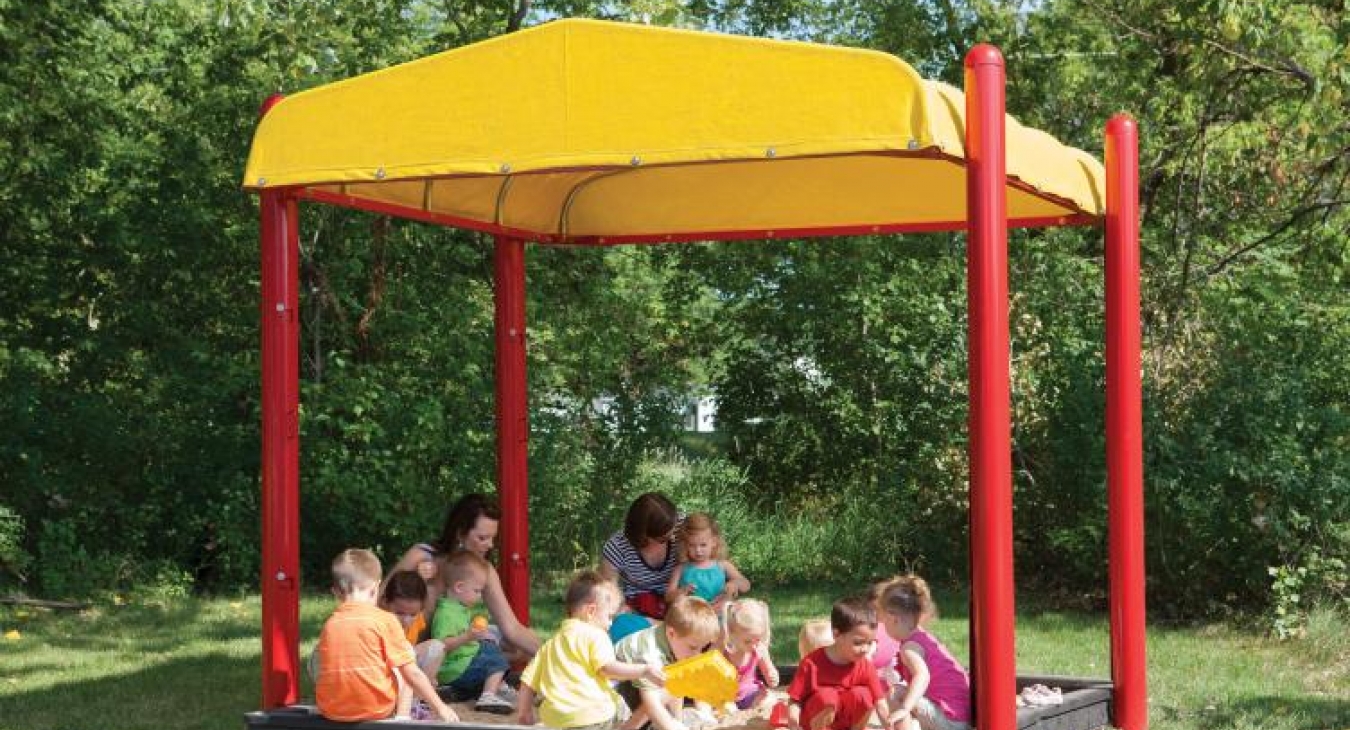

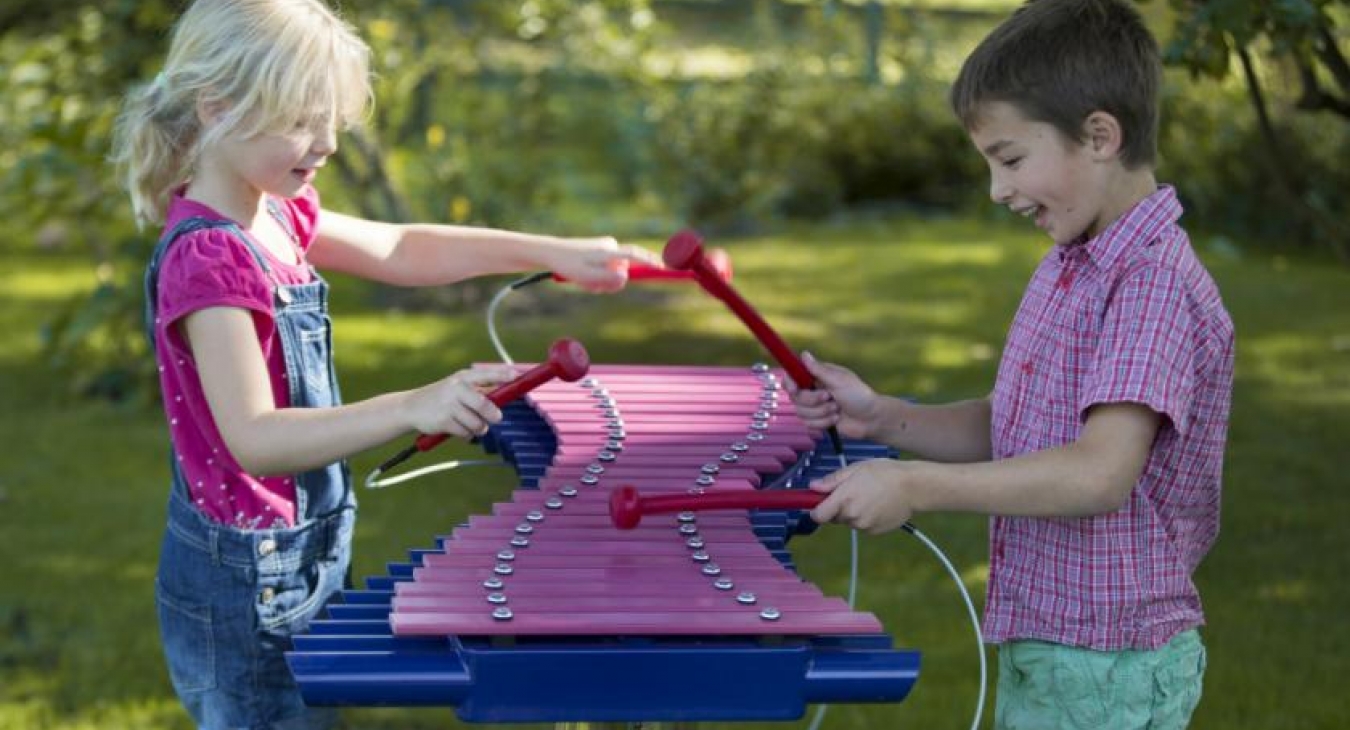


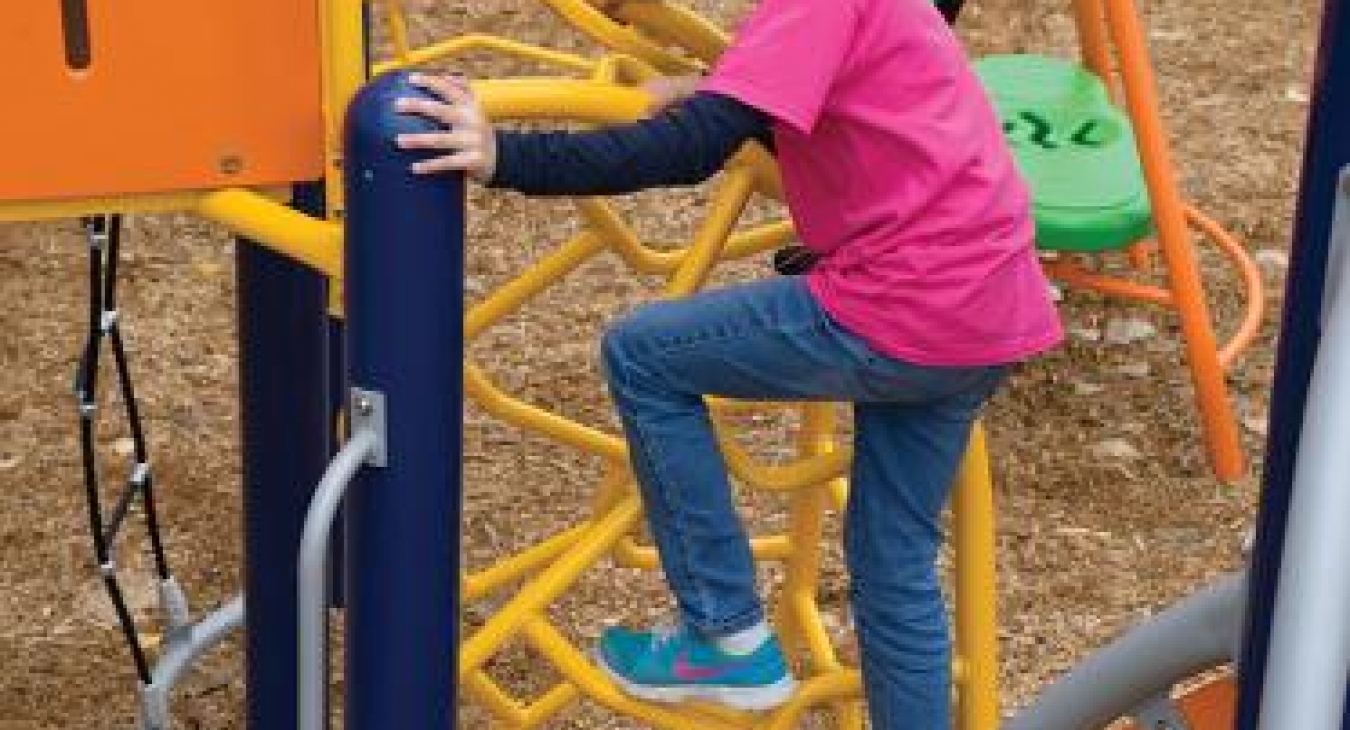
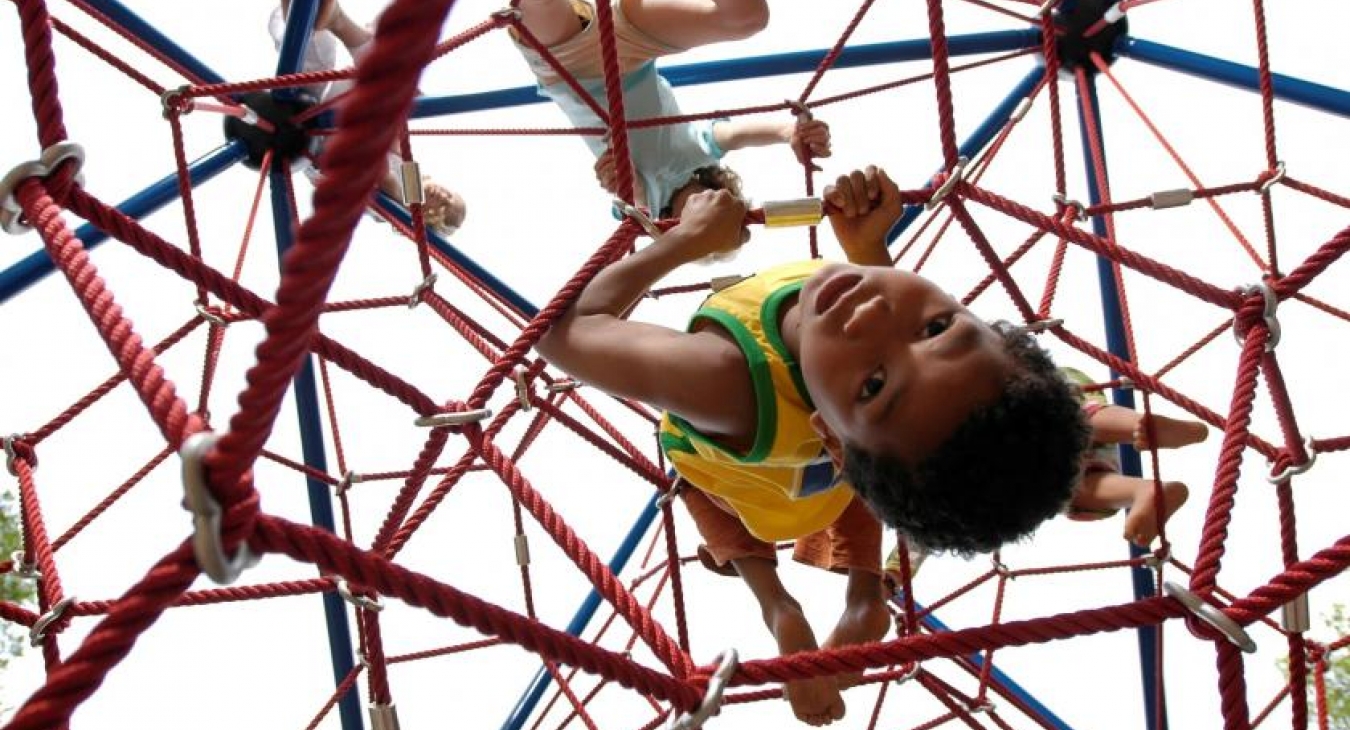
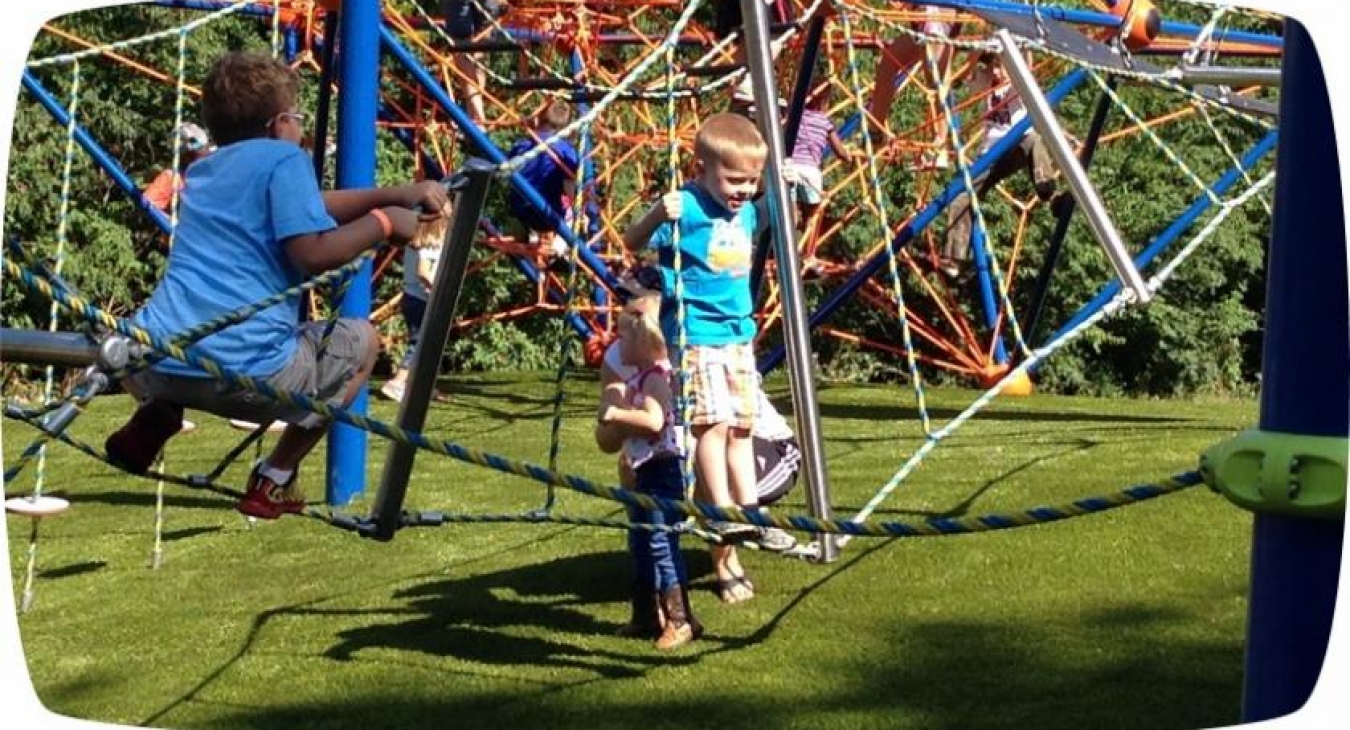
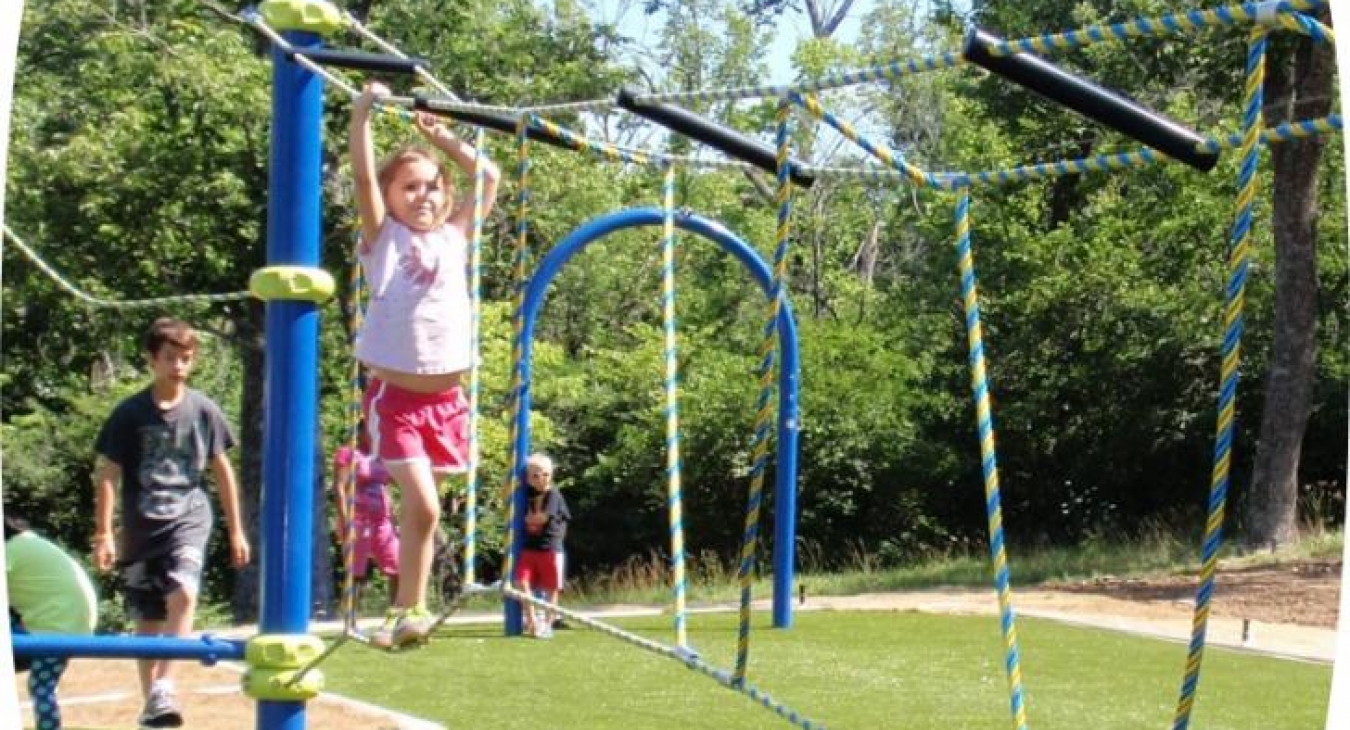

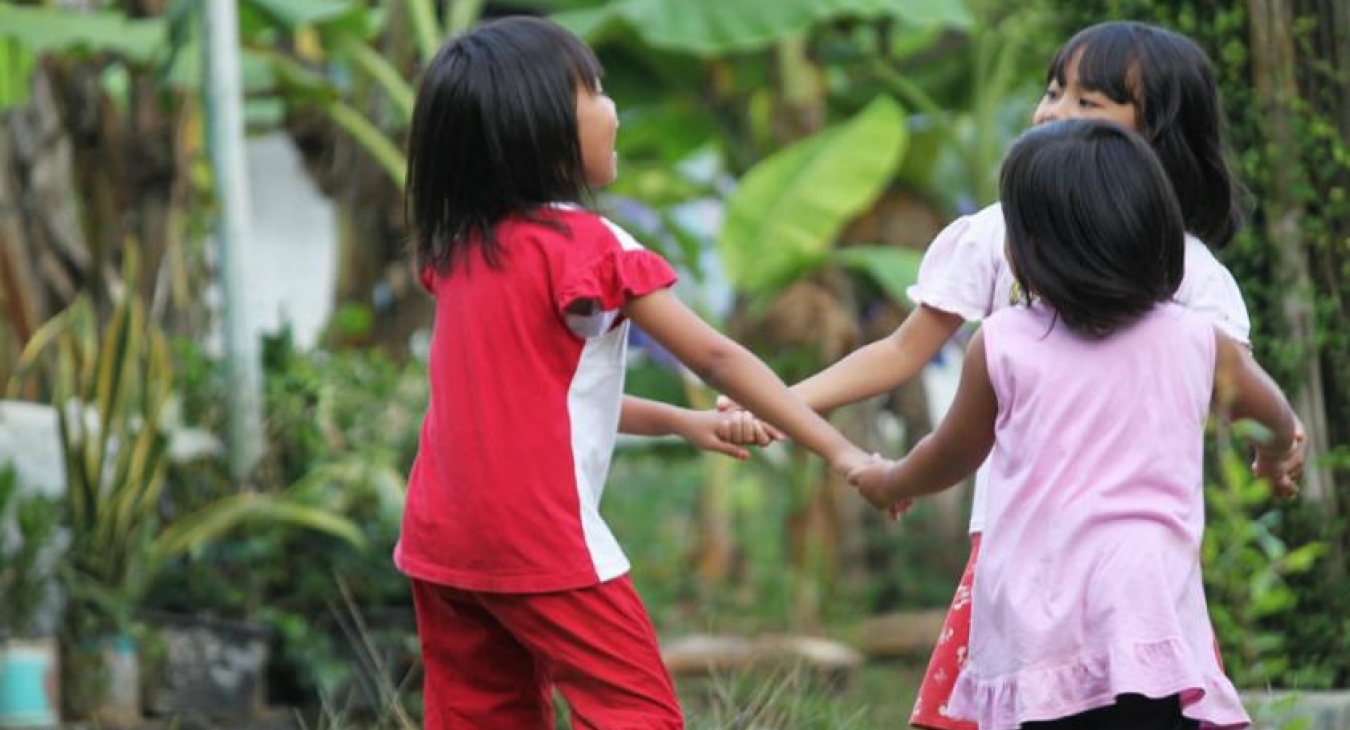
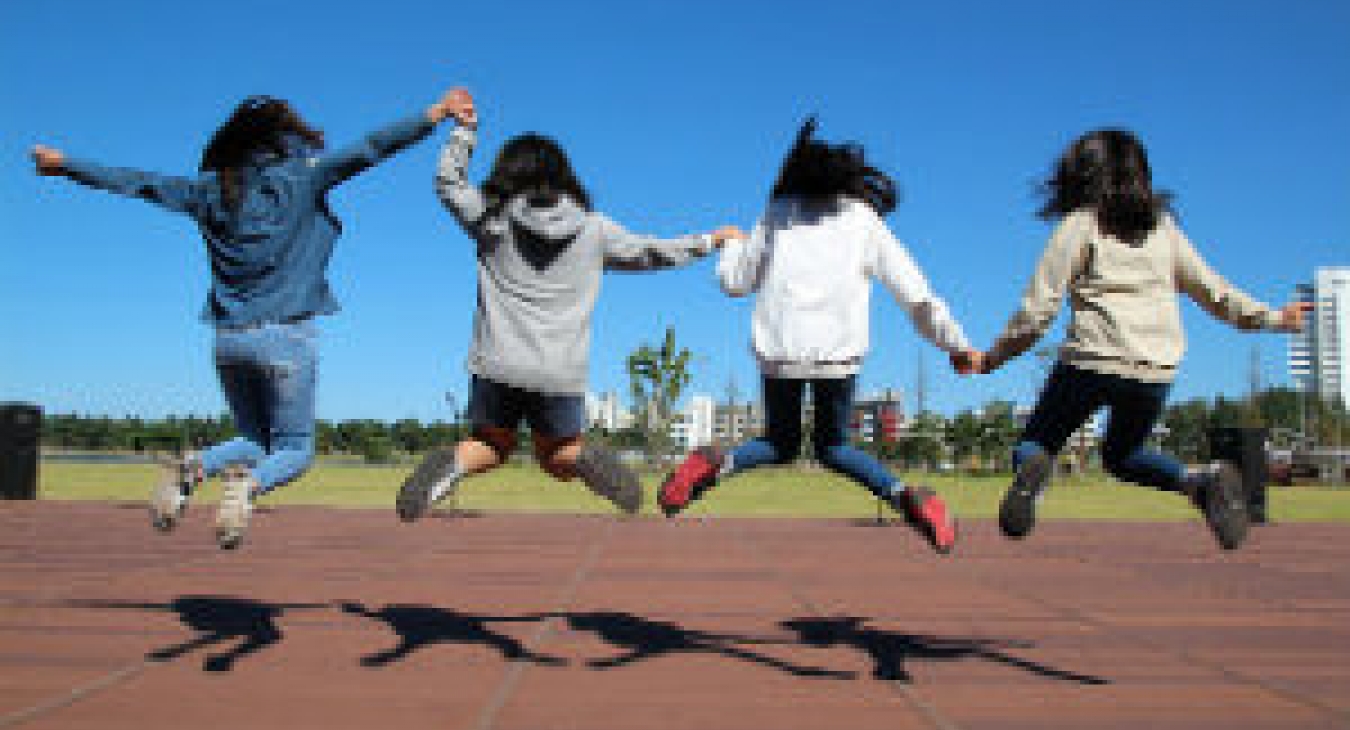
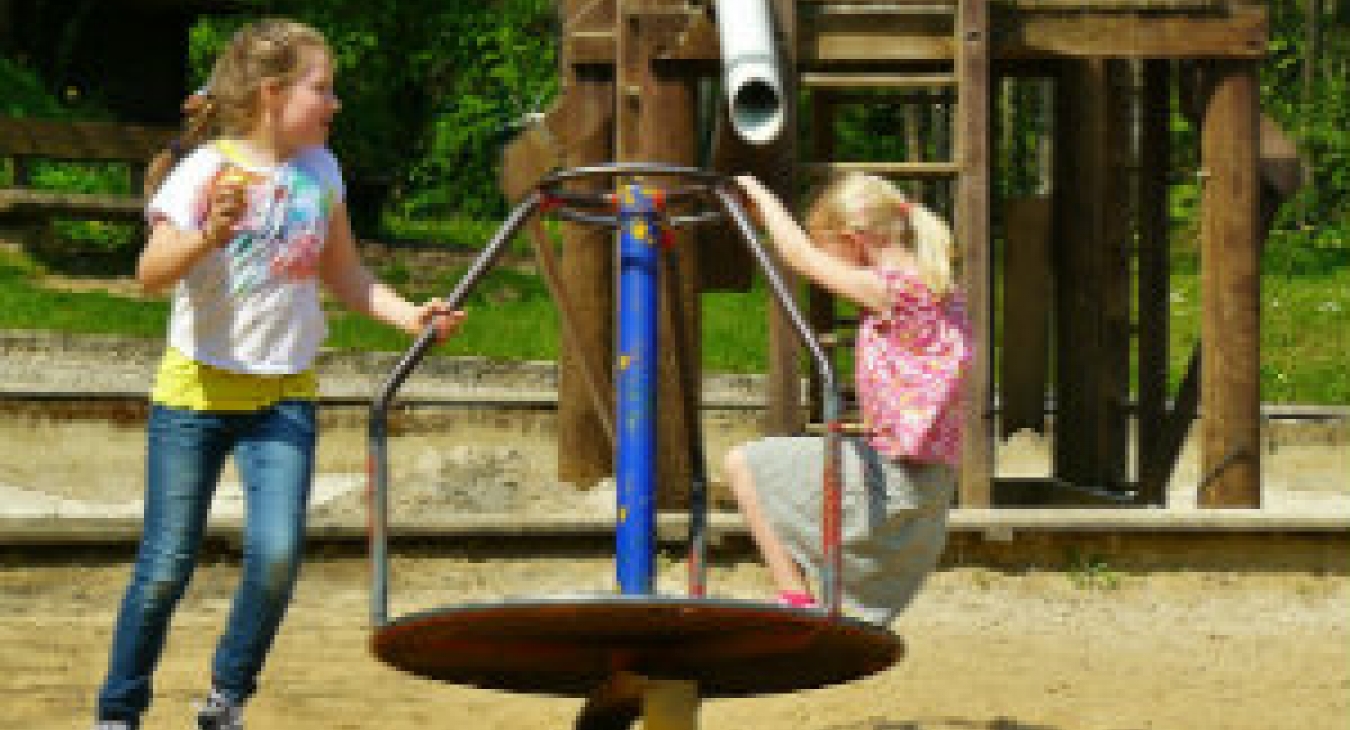

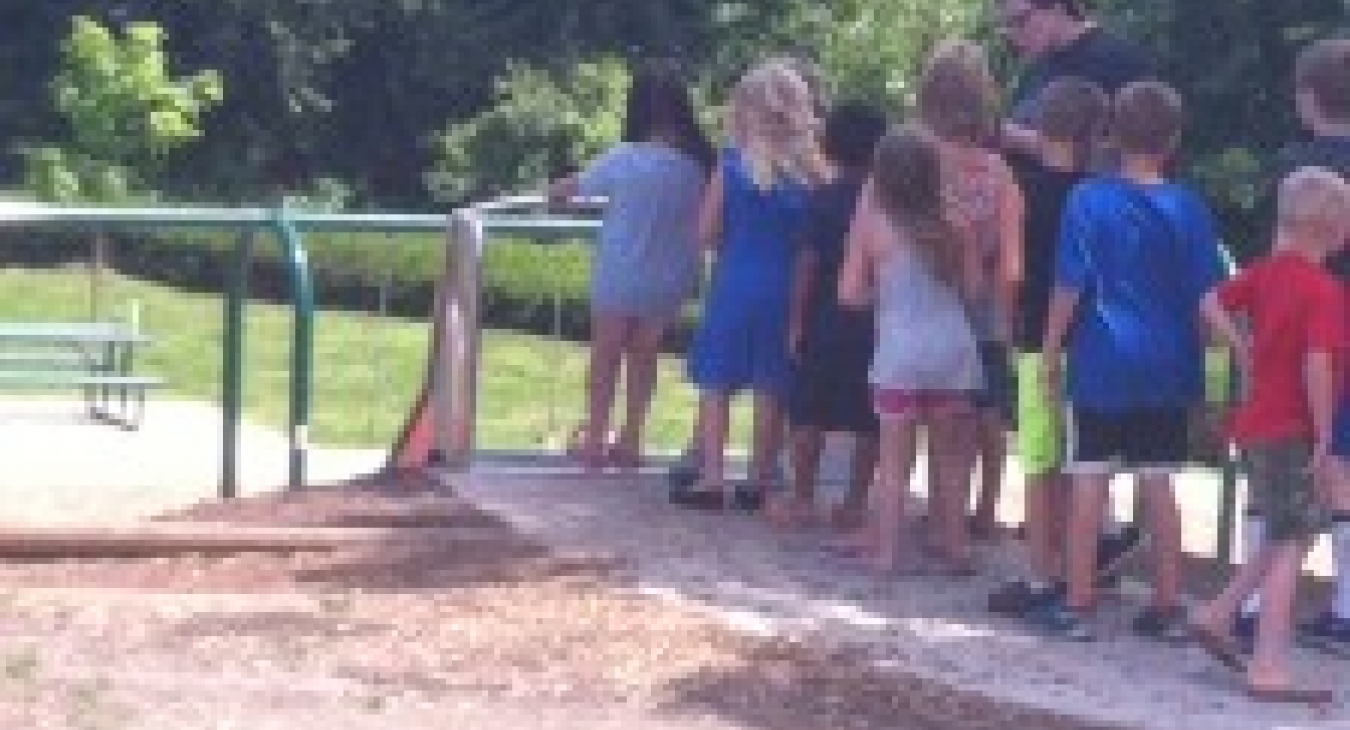
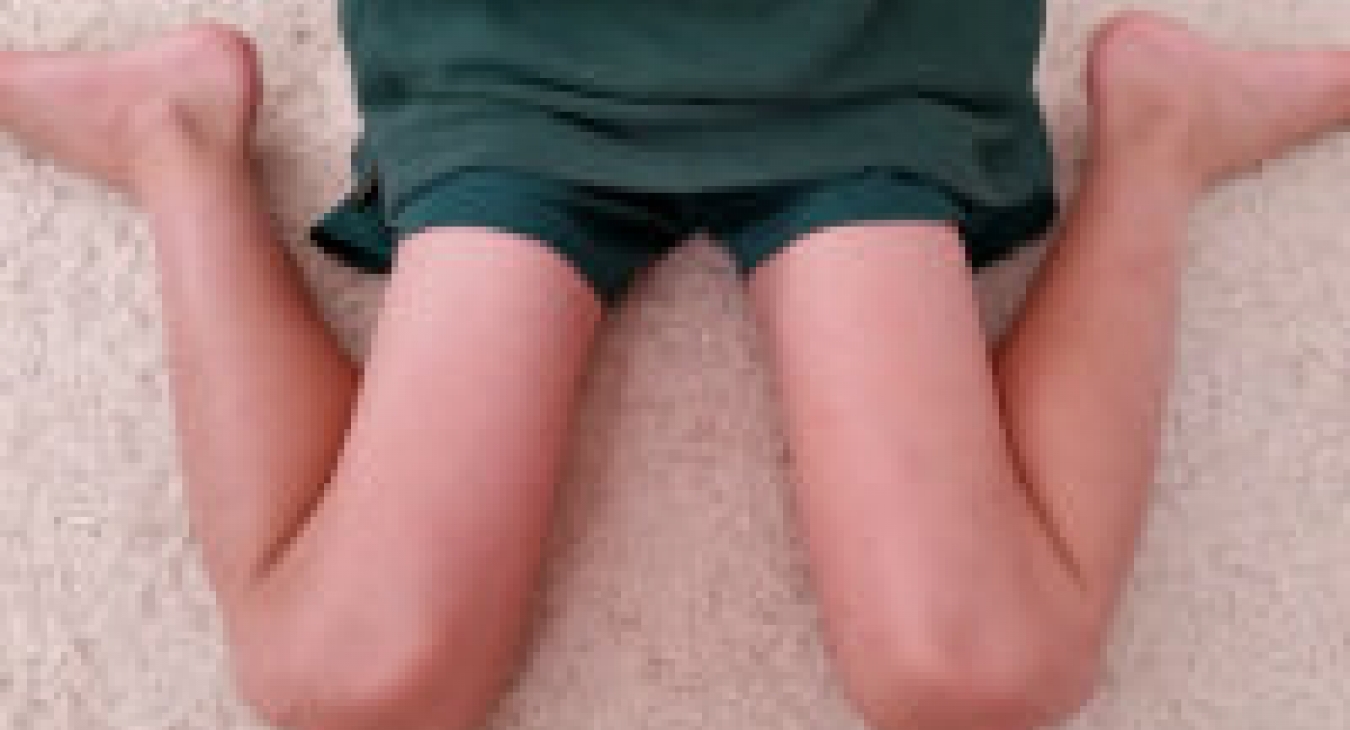
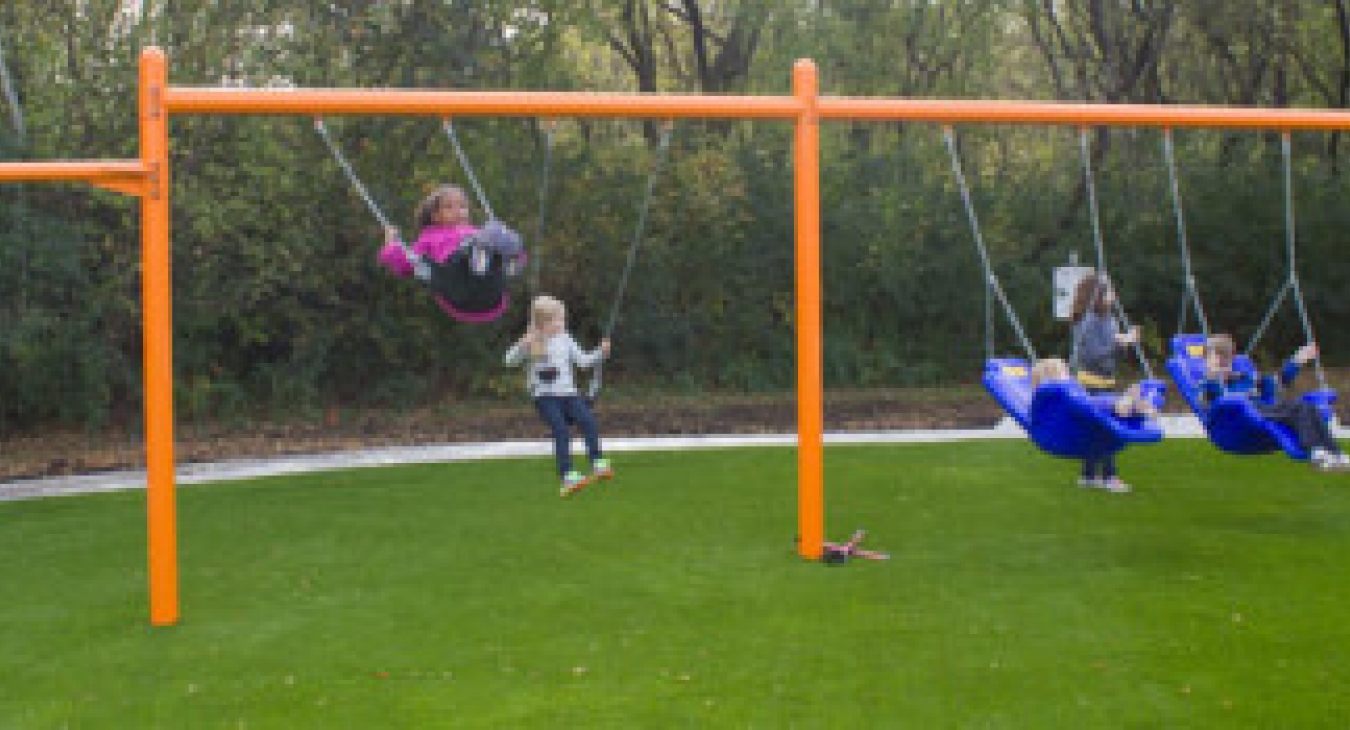


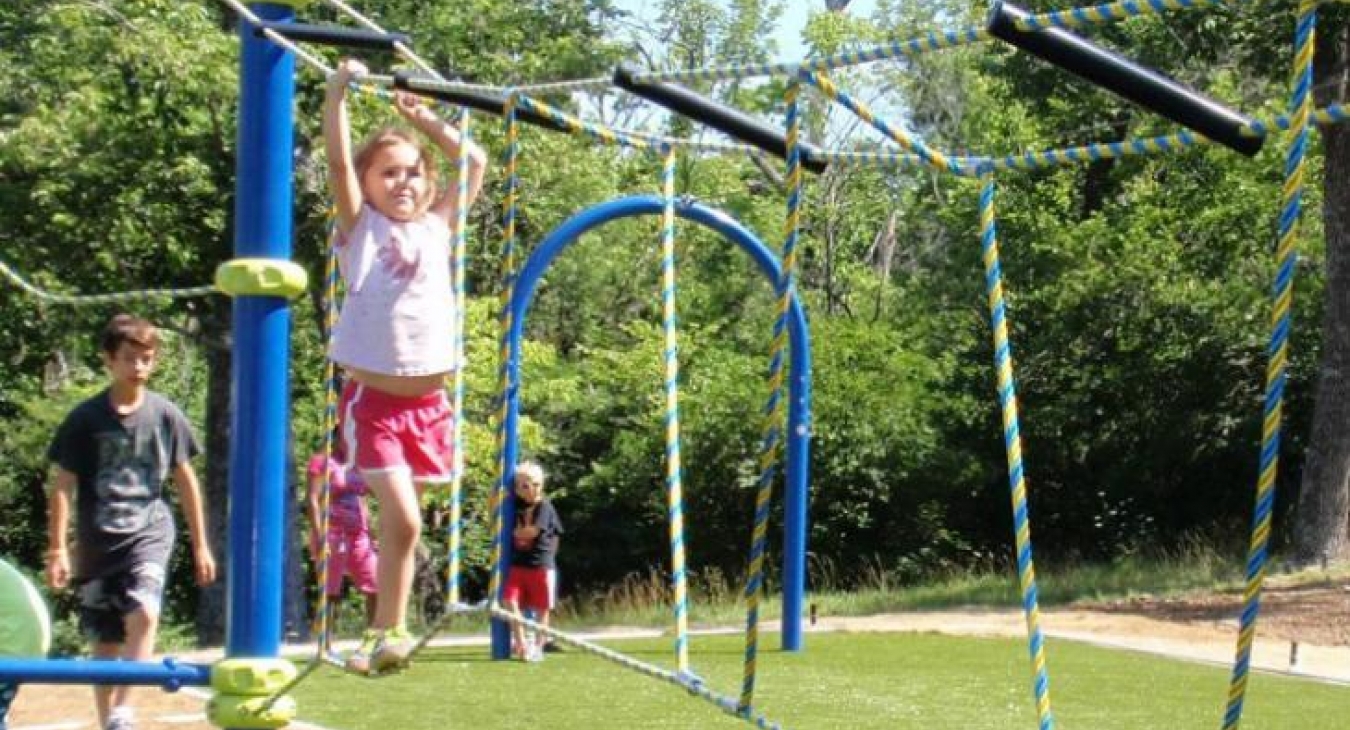
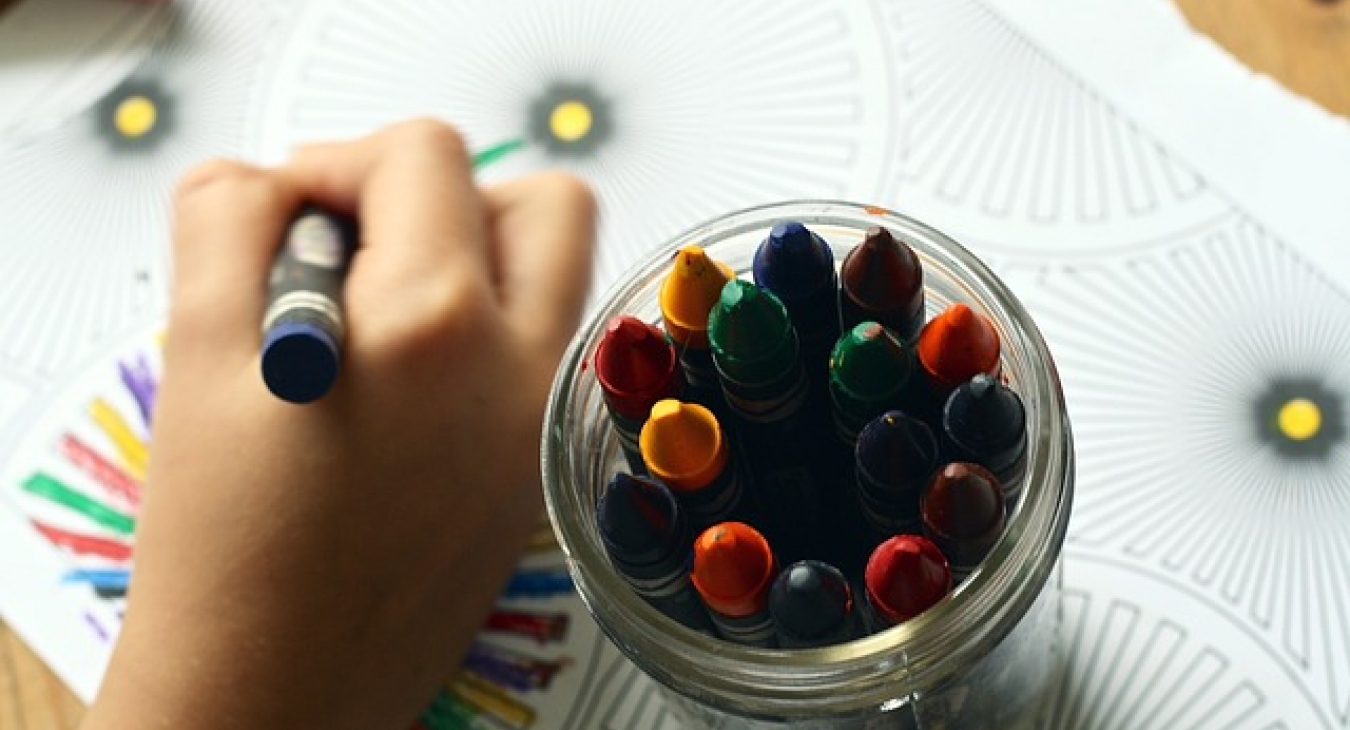

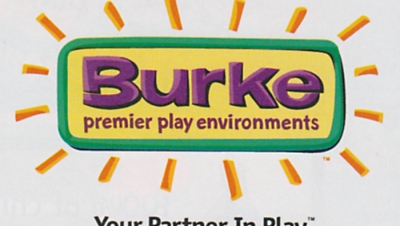
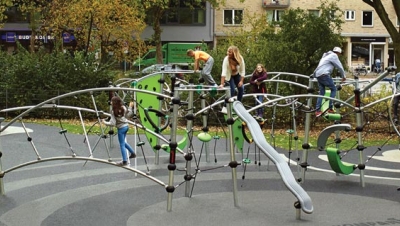
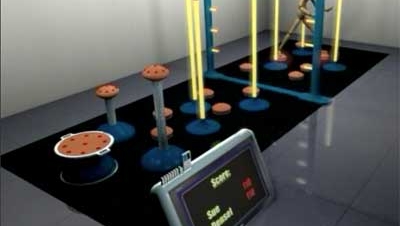

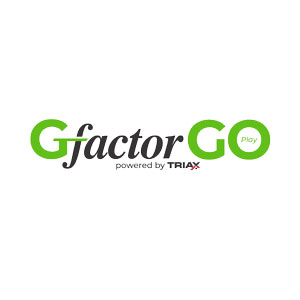
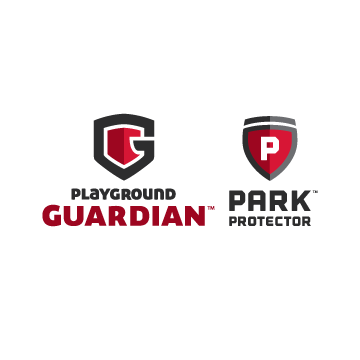
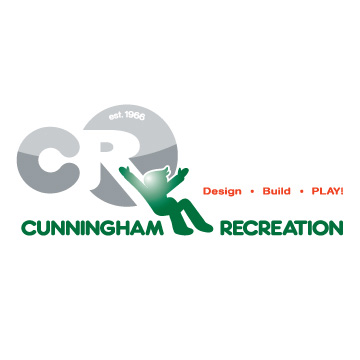
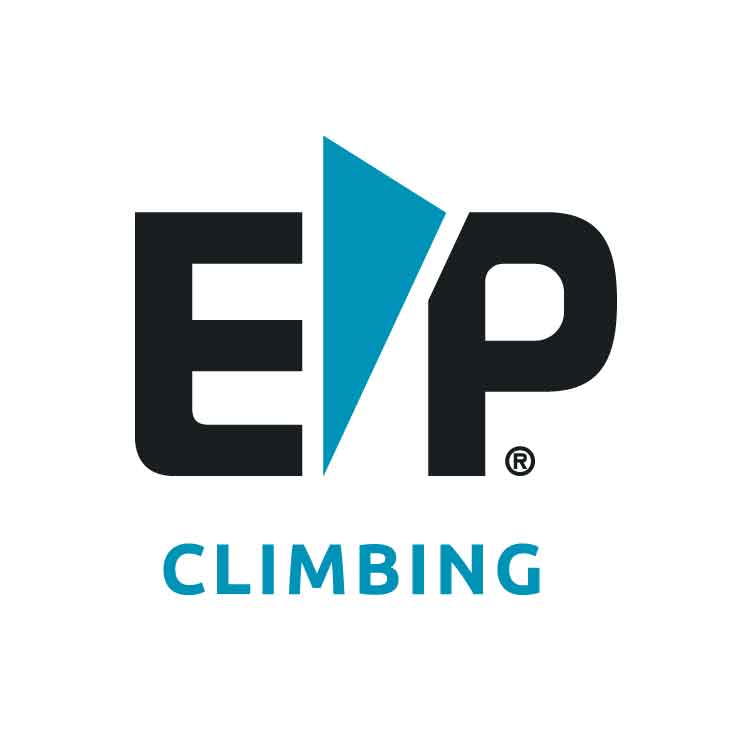
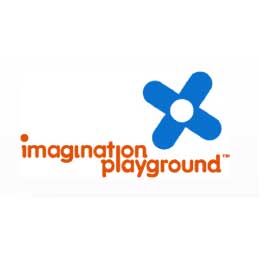
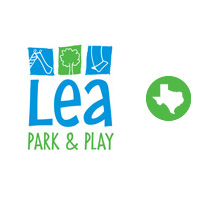

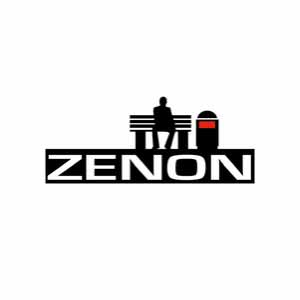
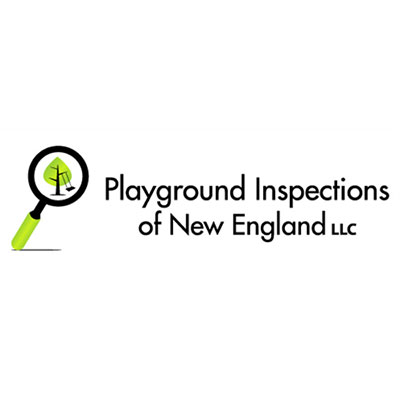
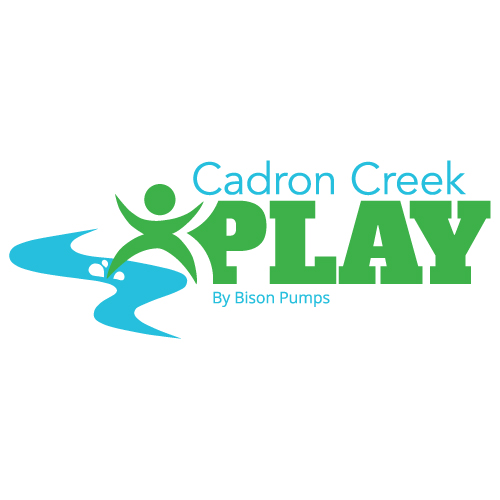
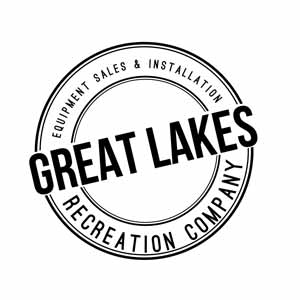
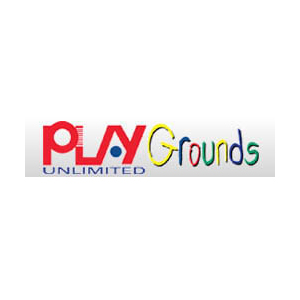

Add new comment